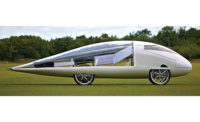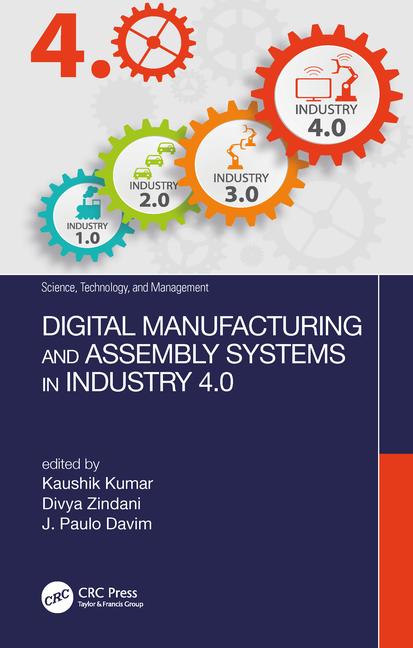UUSIKAUPUNKI, Finland—Production of Lightyear’s much anticipated solar-powered EV has started at Valmet Automotive’s state-of-the-art assembly plant here. The vehicle is equipped with solar panels that cover its hood, roof and tailgate. That unique feature will enable the EV to cover longer distances without having to stop and recharge.
The Dutch startup automaker claims that the Lightyear 0 is “the most aerodynamic car in the world,” with a drag coefficient of 0.175. Its vehicle has been carefully designed to minimize energy consumption and maximize solar yield.
The solar roof will capture sunlight continually whether the car is moving or stationary. Lightyear claims that feature will deliver enough energy to cover an average of more than 70 percent of annual mileage.
A conductive backsheet produced by Royal DSM is an integral element of the EV’s solar roof. It enables all the connections of the solar cells to be put on the back of the solar panel, which makes every available centimeter on the front of the module available for capturing sunlight.
“This start of production moment is both a beginning and an end: the end of the chapter we started back in 2016, and it’s the beginning of true solar mobility,” says Lex Hoefsloot, CEO of Lightyear. “It’s an achievement in the automotive industry like never before. And while we may be the first, my sincere hope and belief is that we won’t be the last.”
The car uses a 61.2-kilowatt-hour battery that weighs only 350 kilograms. Hoefsloot claims that it has the highest energy density of any electric vehicle available. “The low weight, compared to other electric car batteries, contributes to the light overall weight of Lightyear 0, standing at an industry low of 1,575 kilograms,” he points out. “This light weight is essential for making [the vehicle] as energy efficient as possible.”
Valmet Automotive, a leading contract manufacturer, has built new production facilities for the vehicle that includes a state-of-the-art assembly line.








